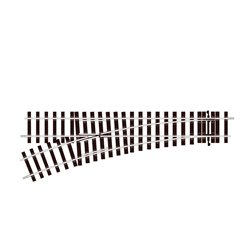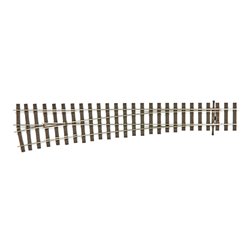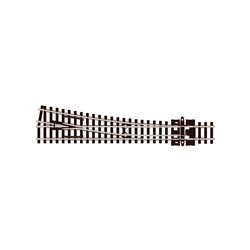When modellers talk about quartering, they are referring to the side-rods on their locomotives being set to the...
No products
Product successfully added to your shopping cart
There are 0 items in your cart. There is 1 item in your cart.
Search Tips
What is a unifrog turnout?
A unifrog turnout can perform as an electrofrog or an insulfrog turnout, that means that there is no longer a need for two products.
A unifrog turnout works by having a metal frog, but the frog is isolated when in its default setting, this means that out-of-the-box the turnout will behave as a standard insulfrog turnout. However, the turnout comes with pigtails attached should you wish to electrify the frog to make it an electrofrog turnout.
A unifrog turnout has the added advantage of point blades powered by a fixed connection rather than relying on contact with the stock rail (which can become dirty and unreliable after time). Unfortunately that means unifrog turnouts will not isolate a section of track, a problem that can be easily overcome by either severing the point blade's power-feed or installing an isolating-track after the turnout.
Peco unifrog points are identified by the letter U in their part number. For instance ST-U750 is a unifrog turnout.
Click here to receive the tips weekly in your mailbox. You can unsubscribe at any time.










